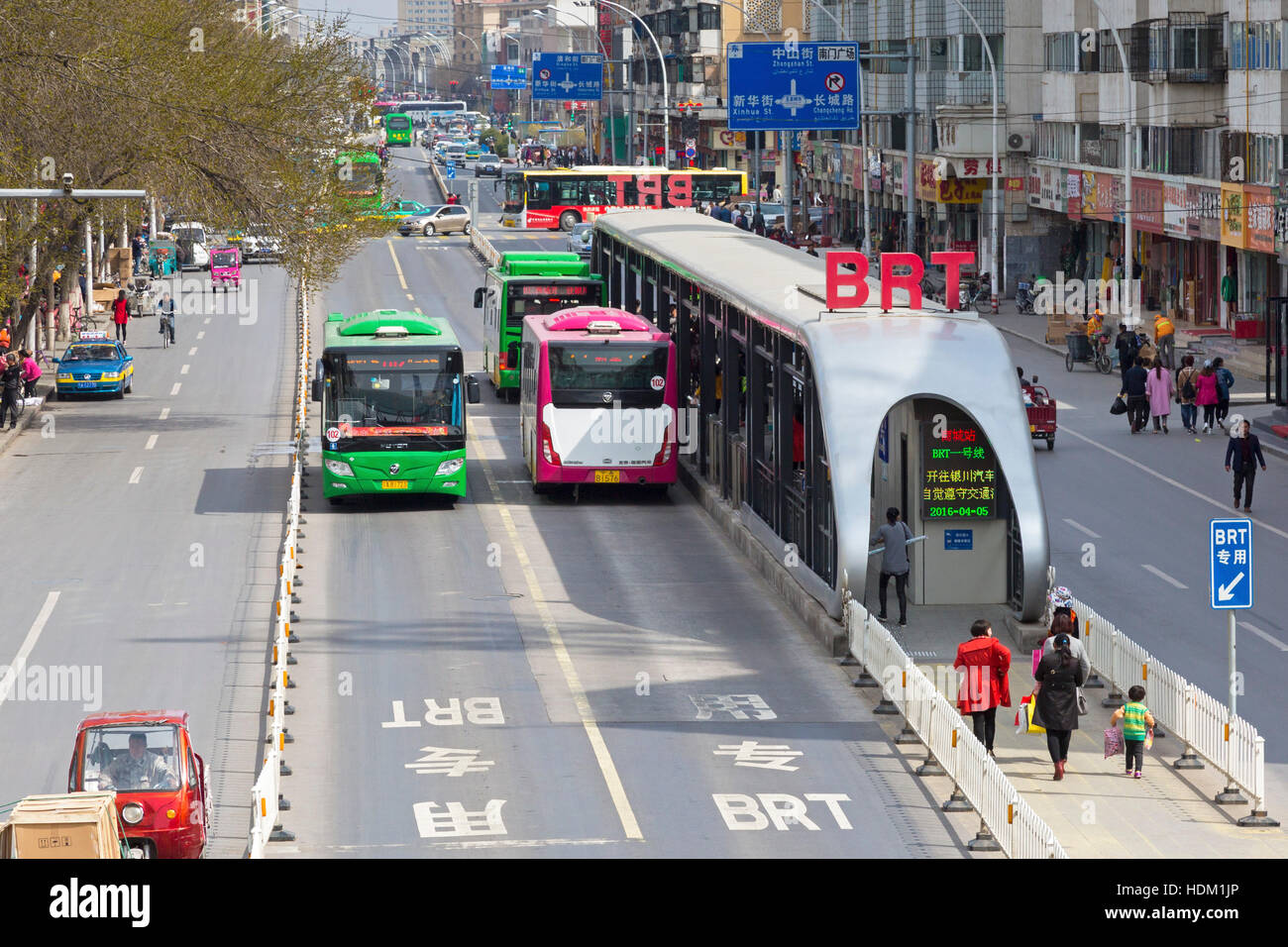China’s resilient transportation.
Resilience- Resilience is defined as the
ability of an individual, household, community, a country or a region to
withstand ,adopt and quickly recover from the stresses and shocks caused by the
natural disasters. An important strategy is to increase overall resilience is
to improve the resilience of the transport system. For example, if there is
disruption on the train service on a particular routes, other alternative
service such as public buses, electric cars should be available to balance
out/compensate the demand. Also the ability to fixing up the railways as fast
as possible to restore the railways also counts for resilience. The most resilient
systems are seamlessly connected to one another — offering maximum mobility at
every scale, and for every mile of the journey.
China has one of the finest resilient
transportation compared to other countries. China understood that
transportation is the backbone of the economic development and has made
tremendous efforts to improve its transportation sector starting from 1960’s itself.
So far china is adopting many techniques to improve its resilient
transportation to take it to next level. They are:
1) Electric cars:
China is pushing the electric cars in its
smart cities due to increase in Pollution. It gives preferential treatment to the ones who had purchased the
electric cars by exempting electric vehicles from alternate-day driving restrictions.


2) Electric buses:
Replacing fuel powered buses with electric powered buses reduces the air pollution at large. Particularly Sulphate particles in the air decreases. Every week about 9500 E-buses are added. E-buses has reduced China's demand for fuel by 279,000 barrels a day according to the Bloomberg report.

Replacing fuel powered buses with electric powered buses reduces the air pollution at large. Particularly Sulphate particles in the air decreases. Every week about 9500 E-buses are added. E-buses has reduced China's demand for fuel by 279,000 barrels a day according to the Bloomberg report.

3) Bus rapid transit:
Bus rapid transit is the roadway which is dedicated to the buses and gives priority to buses particularly at intersection where bus interact with other traffic. The objective of the BRT system is to combine the capacity and speed of the metro and make the BRT system available at low cost.
Bus rapid transit is the roadway which is dedicated to the buses and gives priority to buses particularly at intersection where bus interact with other traffic. The objective of the BRT system is to combine the capacity and speed of the metro and make the BRT system available at low cost.
China proposed the BRT system back in
2004 and it successfully implemented the operation of BRT across 32 cities and
10 china cities are in developing and designing stage.The world bank recommends
the developing nations to follow the china BRT policy.


4) Underground metros:
China is home to 30 metros. Also 10
metros are on developing and planning stage. One of the main advantage of the
metro is provide mobility to its citizens and it keeps the city connected.


5) High speed rail:
Connection between smart cities is of great
significance as it caters to different economic and business needs between the
cities. This can be achieved efficiently by high speed train. China already
became a pioneer in bullet trains. First HSR rail route between Beijing –Tiajin
took 3 years to build whereas others took only one year. On main intercity
routes, Chinese HSR trains reaches at 300 km/h (186 mph) with a maximum of 350
km/h (220 mph).
6) Integrated systems
China designed integrated system among all its transportation sectors without increasing the cost. For example china provided smart cards which can be used interchangeably on the metro, bus, bike-share and taxi.
China designed integrated system among all its transportation sectors without increasing the cost. For example china provided smart cards which can be used interchangeably on the metro, bus, bike-share and taxi.
Other developing and populous nations can
learn from Chinese strategies and implement it into their current
transportation systems. In this way crowded countries can achieve resilient
transportation.
References:

Comments
Post a Comment